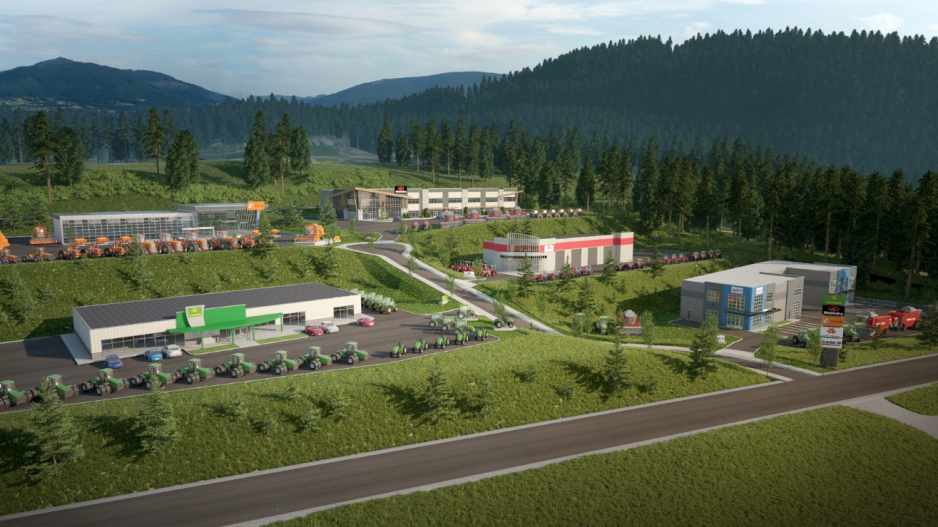First Nations have teamed up with a developer to urge the B.C. government to change laws to protect people who buy land only later to discover that it contains a sacred aboriginal site.
The Sema:th First Nation (SFN), Sto:lo Nation and Corpus Management Group principal John Glazema want Victoria to create a fund to compensate landowners who unwittingly buy property that contains burial grounds or other sacred sites. They also want the existence of sacred aboriginal sites to be on land title documents – much like pipeline rights-of-way are.
However, Forests, Lands and Natural Resource Operations Minister Steve Thomson rejected both suggestions in an email to Business in Vancouver.
Thomson said putting aboriginal burial grounds and other sites on land title documents would be deceptive.
“Registering sites on land title could mislead those who did not have a notation – since lack of notation could simply mean that property hadn’t been examined yet and could still contain a site,” Thomson said.
When asked if the government would consider compensating owners for costs associated with preserving an aboriginal site that they were unware of when they bought the property, Thomson said that “the principle of ‘developer pays’ is long established.”
A dispute over a 165-acre parcel of land in Abbotsford spurred Glazema, the SFN and the Sto:lo to appeal for government action.
Corpus bought the land, which had been in foreclosure, in December 2012 for $9 million. Glazema’s dream was to build a $40 million facility, similar to an auto mall but for agricultural equipment, on 33 acres. A residential and equestrian development would then go on a separate five-acre part of the site.
Abbotsford city council dashed those plans earlier this year when it rejected Corpus’ bid for a development permit because of First Nations claims that the property was the site of an aboriginal burial ground.
Glazema told BIV that the property is now worth “substantially less” than its purchase price and that Corpus has had to bear significant carrying costs for the past couple of years.
His situation is not unique.
In 2012, tension between the Musqueam First Nation and landowners in Vancouver’s Marpole neighbourhood flared when developer Century Group found bones on a site where it intended to build a five-storey, 108-unit residential and commercial development.
That dispute ended with the Musqueam paying Century Group, and partners Fran and Gary Hackett, $4.8 million to buy the land.
Century Group principal Sean Hodgins told BIV that he had valued the property at more than $5 million when he brought the Hacketts in as partners in the project. There was more than $1 million invested in the project as well as more than a year of work. Hodgins estimates that the episode cost Century Group at least $2 million.
NDP MLA Maurine Karagianis earlier this year tabled a private member’s bill to urge the government to create a registry of aboriginal sites to better protect both the sites and potential land buyers.
“There does need to be some compensation,” Karagianis told BIV. “There needs to be some tangible tools and considerate and thoughtful leadership.”
Identifying aboriginal sites on land title documents, however, is “impractical,” she said, because many sites have not been identified and there are overlapping claims from different aboriginal bands.
Hodgins agreed.
“It is clear who has the right to a right-of-way,” he said. “If it’s Fortis, they have an address. In [the Marpole situation] you could say it was clearly the Musqueam who had a right they were trying to enforce, but there are overlapping claims to land in this province.” •




